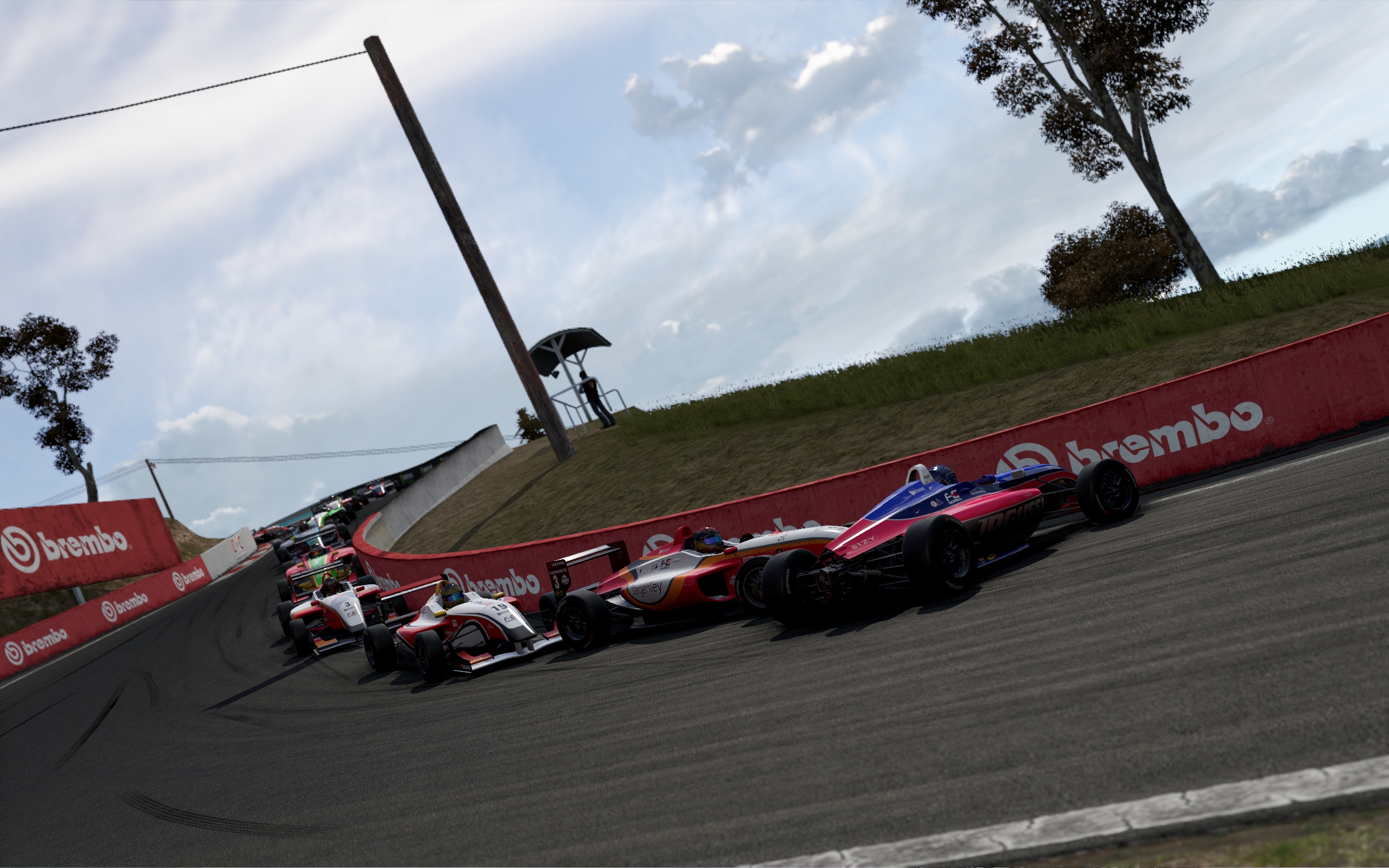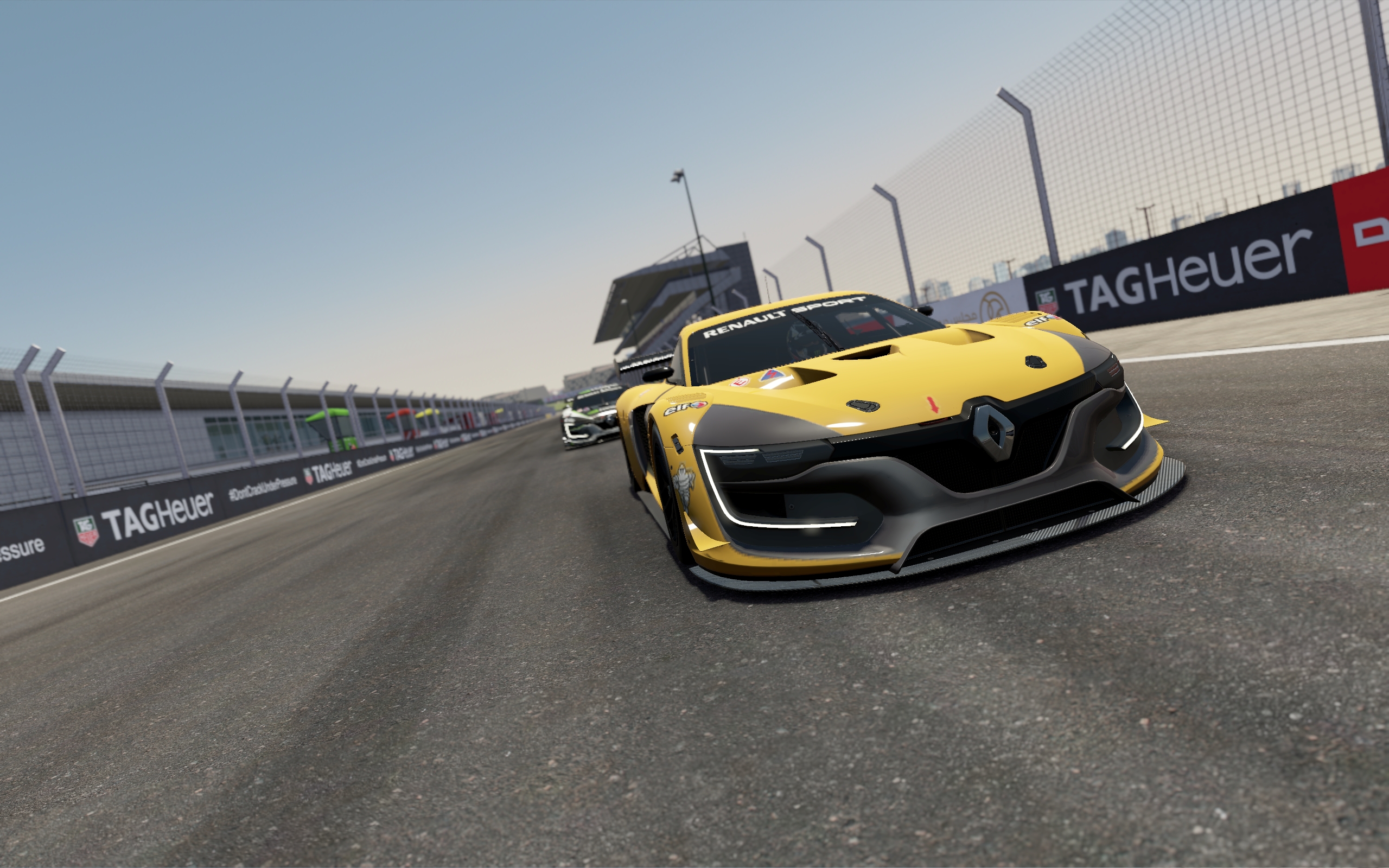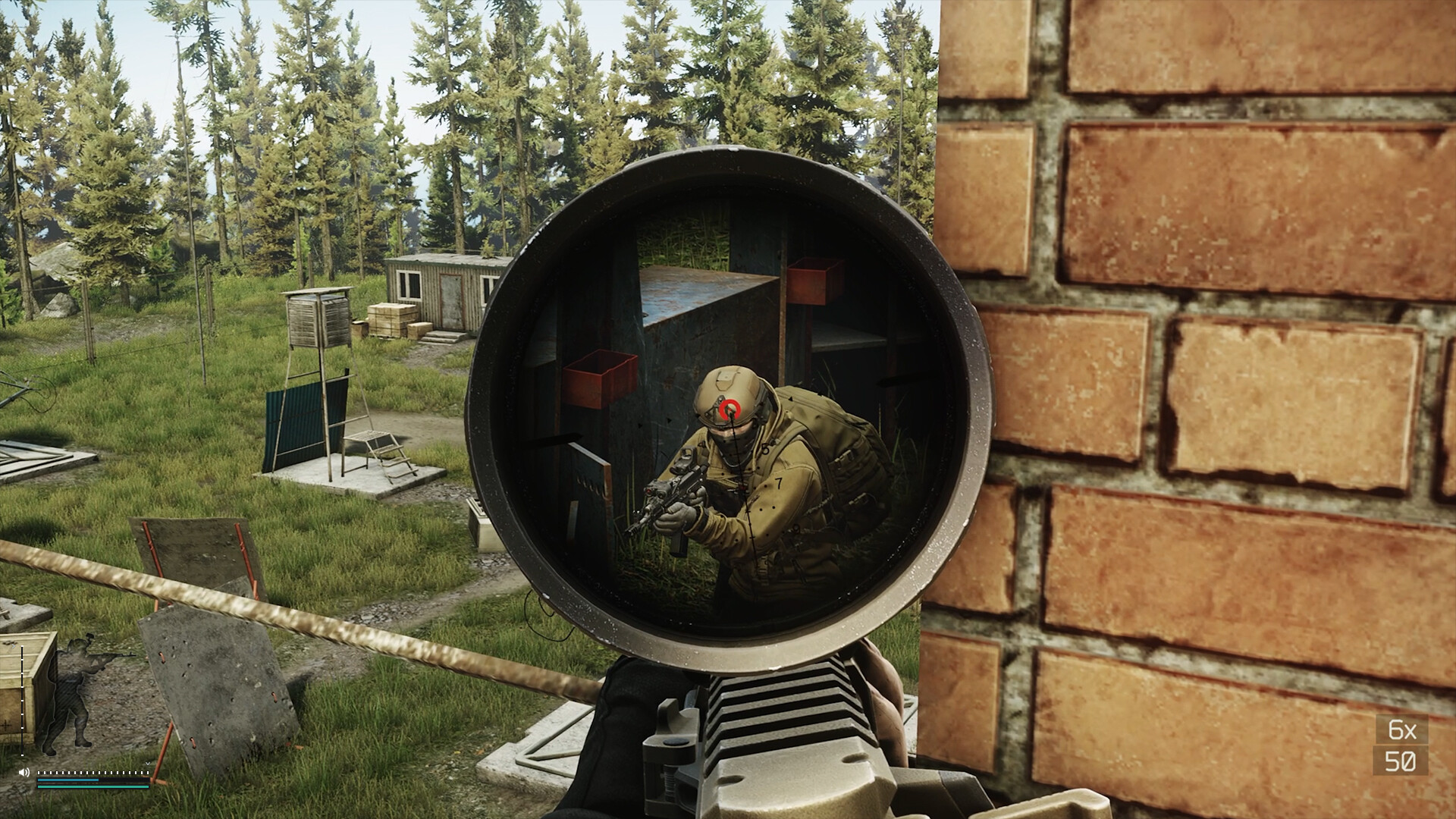Our Verdict
Serious racing for serious racers. Extraordinarily convincing at each of the disciplines on offer.
PC Gamer's got your back
What is it? Capital S Sim racing, with Indycar licensing and esport dreams.
Expect to pay £45 / $60
Developer Slightly Mad Studios
Publisher Bandai Namco
Reviewed on Windows 10, i7 2600k, 16GB RAM, GTX 1070
Multiplayer Up to 32 players
Link Official site
Buy it: CDKeys
When was the last time you were truly immersed and engaged in an activity? Mindfulness types call it ‘flow’, and positive psychologists say this state of total involvement is what we really mean when we talk about happiness. Project Cars 2, the most demanding sim racer I’ve ever played, is a positive psychologist’s dream.
With all the assists off and a decent racing wheel plugged in, it requires so much sustained attention, so many micro-adjustments in response to tiny whispers of feedback from the car, that there’s simply no brainpower left to think about anything other than getting your Audi R18 around the last turn at Zolder. And the rallycross—boy, the rallycross—no space to think about death when you’re doing that, let me tell you. This unprecedented level of simulation is, as you’d expect really, Project Cars 2’s crown jewel. Driving is its own intrinsic joy, more so than in its 2015 ancestor and to these hands better than rivals rFactor 2 and iRacing (don’t @ me).
However, you can go ahead and add your own personal disclaimer to that statement if a) you drive with assists, and/or b) you race with a pad rather than a wheel. Both were occasionally true of me in Project Cars 1, where I was able to tweak my controller settings and find a balance of assists that made the racing responsive but not overly demanding. Such settings might exist within Project Cars 2’s menus, but I haven’t found them yet. Instead, I find pad handling too twitchy to ever effectively save a spin when I lose the back end, while an overzealous stability control either brings the car to near-standstill in order to avoid a spin, or creates cruise liner levels of understeer.
In other words, it doesn’t seem to worry about the casual racer as much as its predecessor, so the only way to really enjoy what Project Cars 2 offers is to lean into it, turn all the assists off, and use a wheel. Presumably that’s no biggie to most of its intended audience, but it’s a strange development from the first game nonetheless. Luckily, the sheer joy of driving comes in several more flavours this time.
The fact that Slightly Mad’s sequel drills deep into several distinct disciplines of driving is more than just a carrot to dangle before you in career mode. Spend a while with the licensed Indycars, learning their foibles, perfecting drafting, visiting the Indianapolis Speedway and recognising when tracks rubber in to offer more grip, and the jump to loose surface racing in a rallycross car feels like a different game. If you were worried the powersliding, ice racing stuff might feel a bit token: don’t.
With that said, open-wheel, touring, endurance, rallycross, and GT racing are better distinguished in career mode than the narrower handful of disciplines were in the last game, offering clearer and more distinct paths from season to season. Invitational events can now be entered at any point after you unlock them, so progressing through seasons isn’t silted up by one-day cups anymore. The structure of career mode is a definite improvement, then.
Also improved is the game engine’s consideration for your frame rate. Sure, you can still push the supersampling AA slider up to max and tank all but the mightiest systems, but leaving high-end AA out of the equation, this is a well-optimised release. Even without the inevitable game-ready driver, a GTX 1070 can handle everything turned all the way up at 1600p. That’s a marked performance improvement on the last game, although the step forwards in vehicular handsomeness isn’t as profound. Still, trackside and cockpit detail are certainly easier on the eye, and the first game is hardly Quasimodo two years after release.
Keep up to date with the most important stories and the best deals, as picked by the PC Gamer team.
For all the ways this sequel builds on that foundation though, the original still has a one thing going for it: the bugs have been stamped out. At the time of writing, Project Cars 2 freezes at launch with will-sapping regularity, and less frequently seems to change wheel configuration properties at will, so that horrendous understeer might pop in midway through an opening lap on fresh tires, or force feedback might disappear. Elsewhere, hitting ‘skip to end’ during a practice or qualifying session will invariably see all AI drivers find four seconds of pace as they log a new lap—even if there isn’t time to actually drive an outlap then set a new time. Controller issues cropped up only a handful of times during 20 hours’ play, but you could set your watch by that qualification glitch. Assuming these glitches get stitches, to use the urban parlance, Project Cars 2 nonetheless sets a sim racing benchmark for those brave enough to go assist-free and play on the game’s own terms.
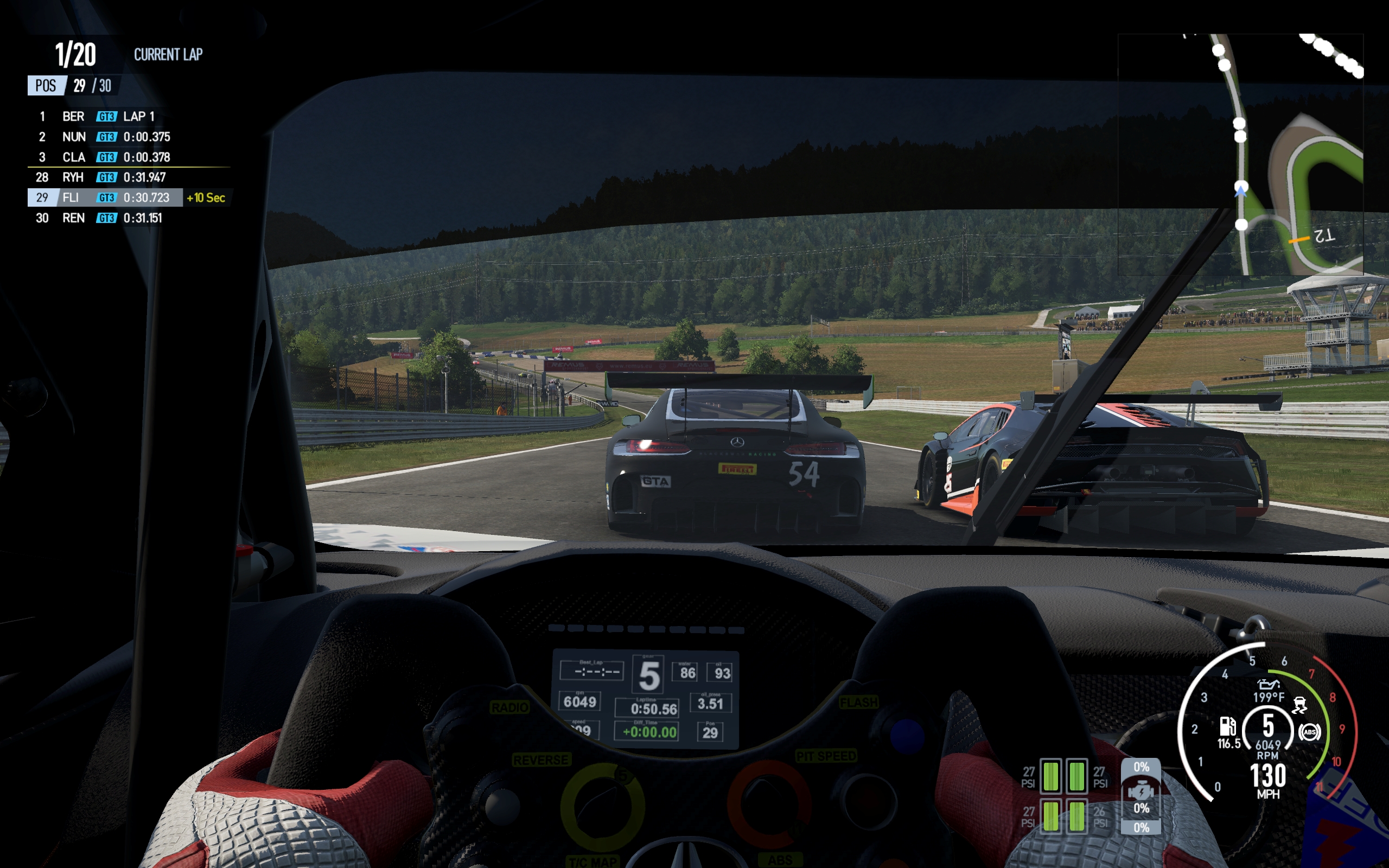
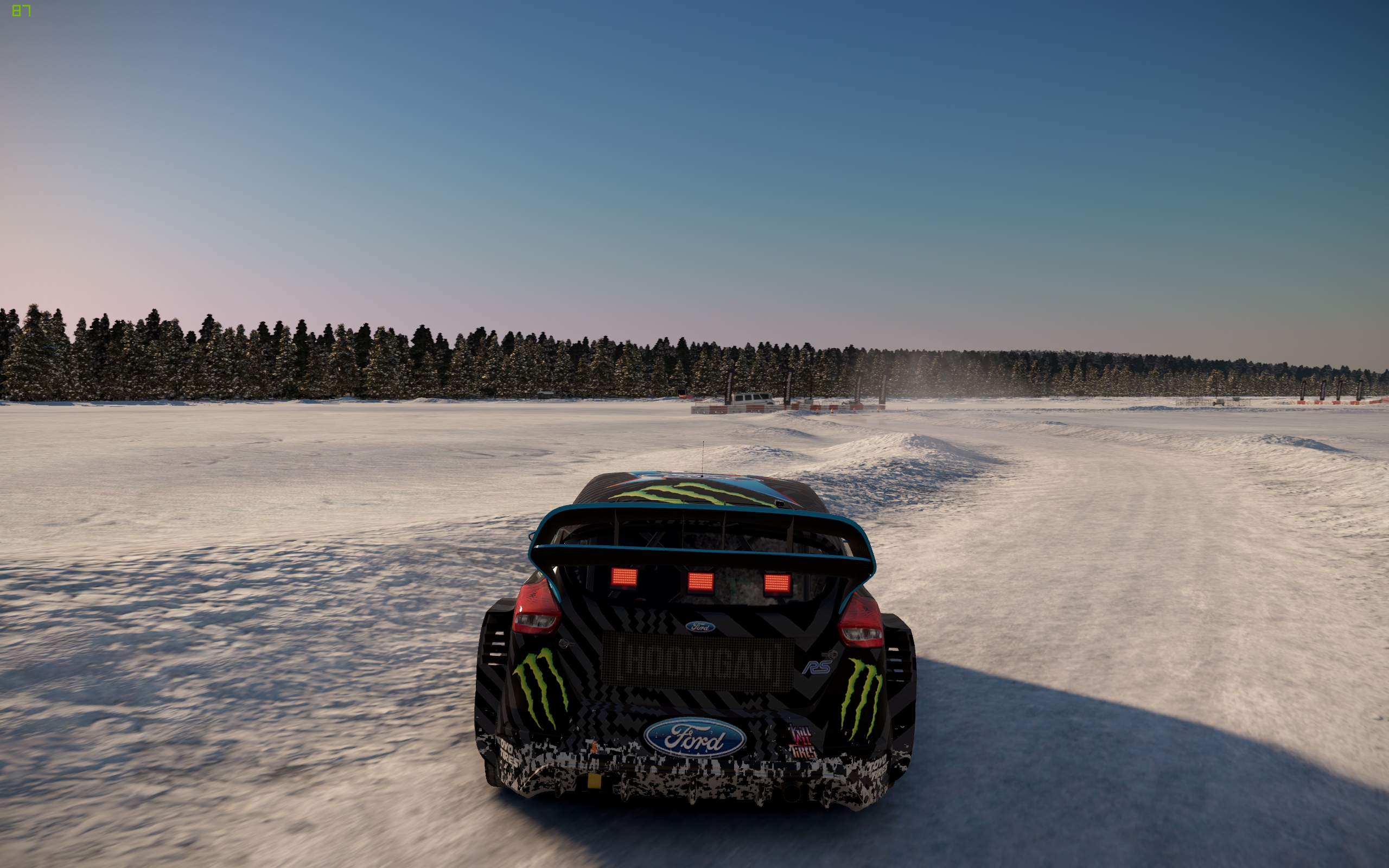
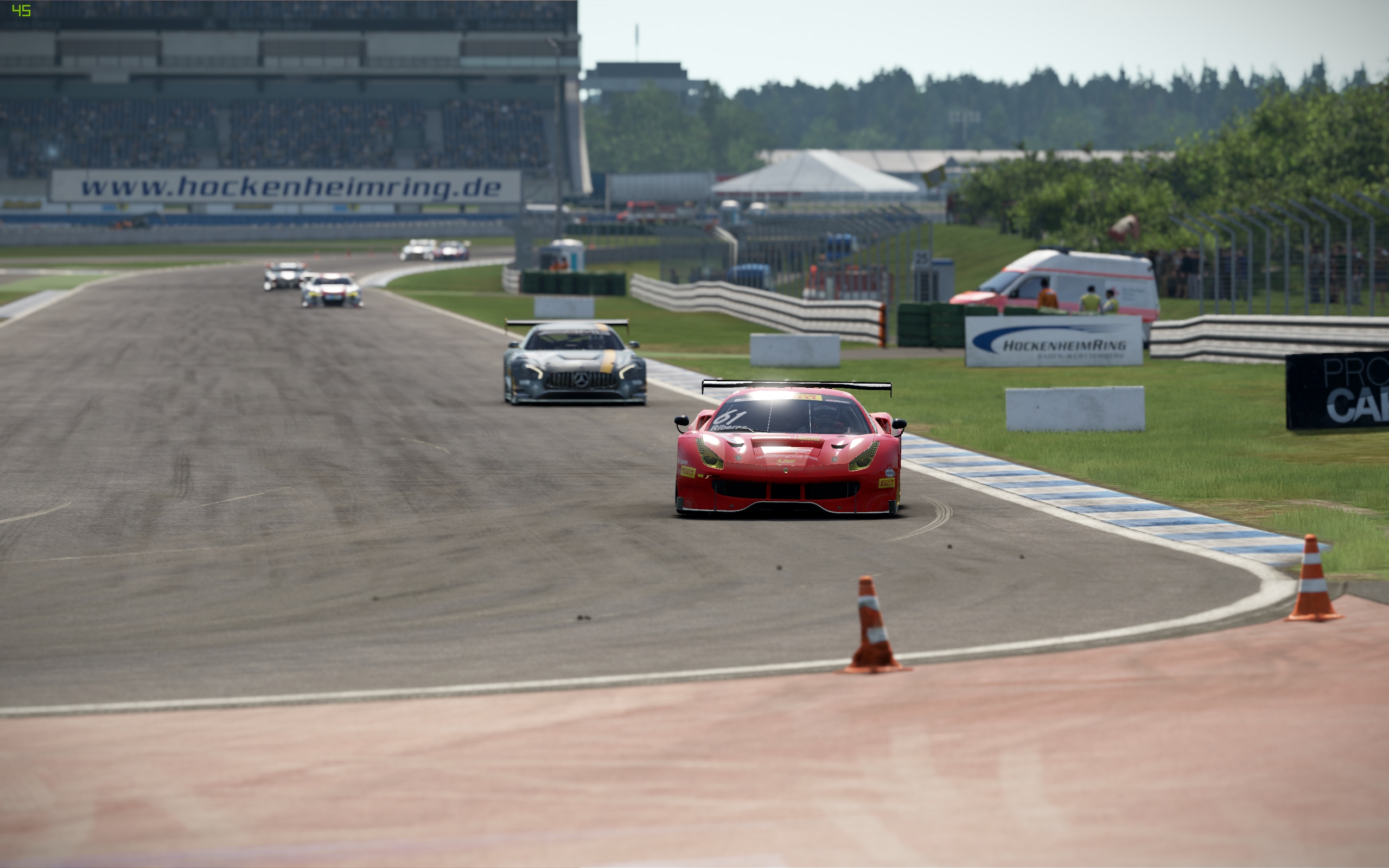
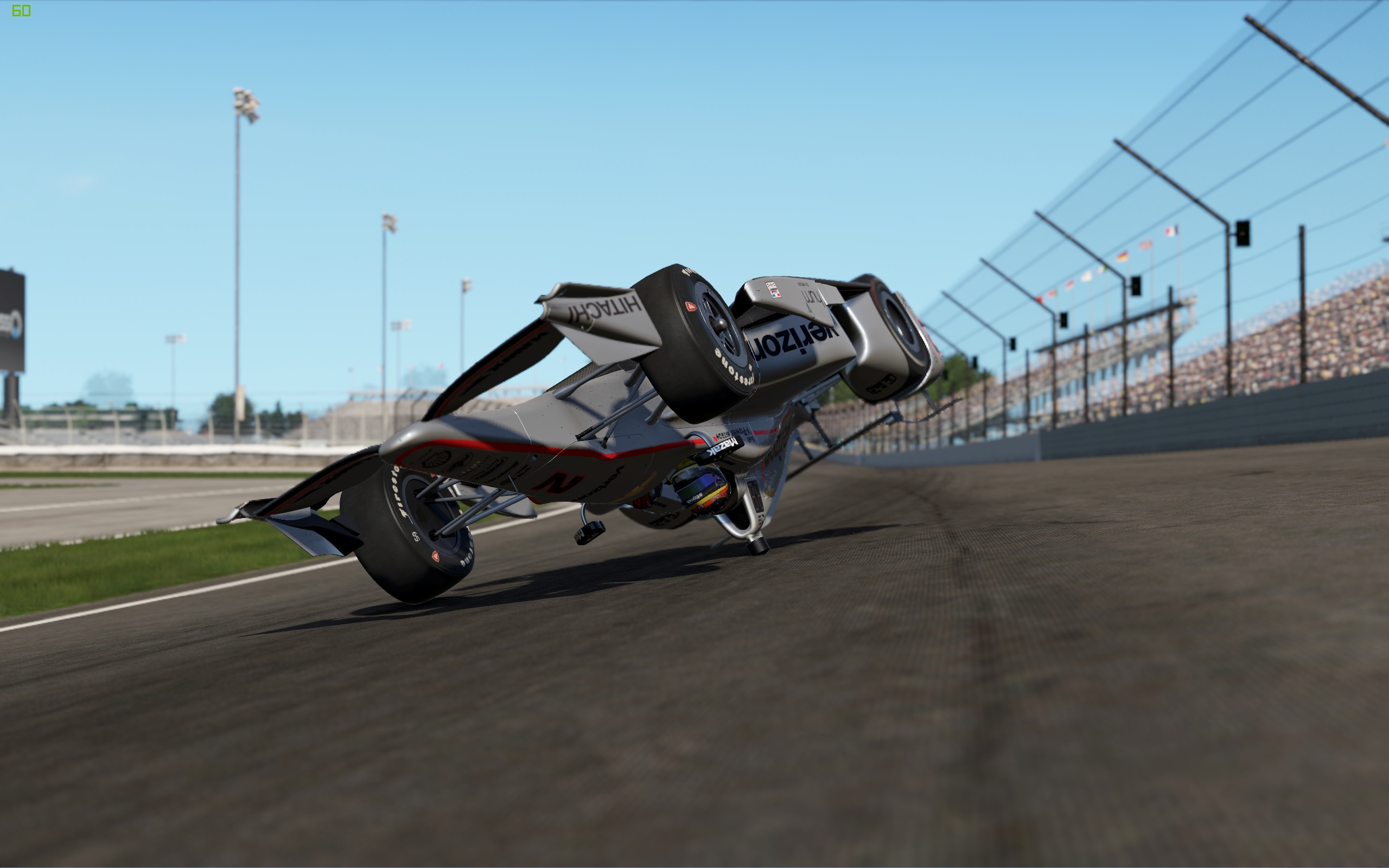
Serious racing for serious racers. Extraordinarily convincing at each of the disciplines on offer.
Phil 'the face' Iwaniuk used to work in magazines. Now he wanders the earth, stopping passers-by to tell them about PC games he remembers from 1998 until their polite smiles turn cold. He also makes ads. Veteran hardware smasher and game botherer of PC Format, Official PlayStation Magazine, PCGamesN, Guardian, Eurogamer, IGN, VG247, and What Gramophone? He won an award once, but he doesn't like to go on about it.
You can get rid of 'the face' bit if you like.
No -Ed.
